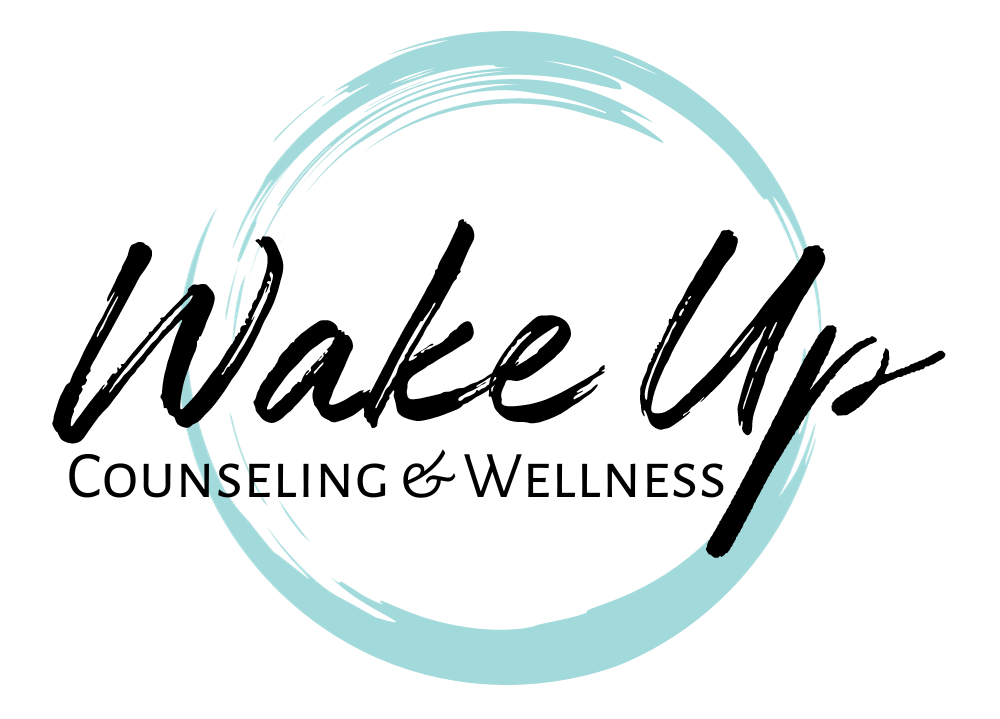How to Practice Acceptance
by Thomas M. Workman, PhD, LPC, NCC
March 10, 2025
Pain & Suffering
Sometimes it doesn’t feel great to be alive. There’s really no way around it. Whether we are sick or feel pain due to the death of a loved one, loss of a relationship, financial strain, work, stress, or other aspects of life not going in our favor, we are bound to pain. We may try to seek reassurance from others, try to talk ourselves out of our feelings, distract ourselves with entertainment, or purchase new things, but this pain continues in the background and makes it hard to enjoy other aspects of life. Sometimes we actually make the pain worse by the ways through which we try to cope.
We Often Make Pain Worse
We often try to justify how we feel or why we are right in a situation through our thoughts and actions. Take a breakup for example. It’s my experience that we rarely speak of our ex-partners in a positive light. When we hurt after a breakup, we might tell ourselves and others that we are “better off without them!” “They were no good anyways!” This might not be the case for some people, but I’m sure that we can all find examples of how we try to explain away our guilt, shame, sadness, loneliness, or other difficult emotions. While our explanations, internal discussions, complaints, and sometimes self-righteous rants may temporarily provide us with some relief, they often prevent us from healing. Simply put, the initial event hurts, but the way we deal with it makes it hurt even more and longer. The most compassionate thing that we can do for ourselves is to practice acceptance.
What is Acceptance?
Acceptance is allowing something to be just as it is without trying to manipulate it in some way. Acceptance happens in the present moment through our behaviors and the language that exists in our minds. We practice acceptance by skillfully managing our thoughts and actions:
- Acceptance is a present-oriented activity. Acceptance always happens right now in this very moment. It is never something that we have accomplished in the past and have moved on from.
- Acceptance doesn’t mean that we don’t feel unpleasant feelings and sensations that are connected to our painful experiences. It just means that we allow it to be just as it is.
- Acceptance is unconditional. It is not reliant on things working out a certain way or apologies from others.
- Acceptance is a choice that we make that leads to real actions.
How to Practice Acceptance
It’s only natural that we have urges and habits that try to eliminate discomfort in our lives. Acceptance requires mindfulness of these habits and making active choices to do something different. I’d like to use a personal example to illustrate acceptance.
Previously, I thought and felt that I was being treated unfairly by my employer. Looking back on it, I recognize that I felt powerless and taken advantage of. I’m not a fan of these feelings. I spent a lot of time rehearsing conversations in my mind that I would have liked to have had with my boss. Most of these imaginary conversations were focused on me getting my point across. I also spent a lot of time on the phone with others complaining about the employer. No doubt, people in my life agreed with me that I was being treated unfairly. Honestly, they probably would have agreed with me regardless of whether I was right or wrong. During these actions (my imagination and conversations with loved ones), I would think that I was justified and get angry with the employer. But once these conversations ended and I needed to move on to other more important areas of my life, like parenting, I was still upset and distracted by the situation at work. I began to have problems sleeping and was more irritable towards loved ones. I became frustrated that I was not handling it better. Inevitably, I had to practice acceptance.
I had no choice but to accept the reality of the situation and how I felt about it: sad and afraid. When I noticed myself beginning to make plans to get my way, change the situation, or rehearse conversations, I had to stop that process. I had to come back to my breathing and use the language in my mind to stay with “I’m sad and afraid.” I had to change my actions. I had to stop spending so much time talking with others about the situation. Additionally, I had to stop trying to get my point across at work. It was time to find another place to work. I made a commitment to change jobs. Going forward, I had to mindfully catch myself when I was reverting back to these habits and choose a different direction for my thoughts and actions. I had to give up being right, unconditionally. The situation didn’t suddenly become pleasant, but it sure hurt less.
Acceptance might look different depending on individual circumstances, but the same principles apply. We choose to sit with our thoughts and feelings. We also choose to act in accordance with our values and devote our time and actions to doing what matters in life.
After a breakup, we cannot visit social media sites to see what our ex-partner is up to. Eventually, we must stop allowing ourselves to organize so much of our conversations around the situation. We can’t go buy something, scroll, or workout every time we feel sad, lonely, or another unpleasant sensation. Whether we are right or wrong, it still hurts. We must trust that our bodies know what to do and have the natural abilities to heal, all we need to do is sit still.
Tips to Support Acceptance
- Mindfulness, meditation, and other similar practices can help us identify thoughts and actions that increase pain. They can also help us develop concentration and the ability to transform habits.
- Skillfully talk and think about your pain and struggles. Avoid conversations and ways of talking through which dysregulation increases.
- Identify behaviors and thoughts that you use to avoid your pain. These can be opportunities to practice acceptance.
- Acceptance takes more effort at first. When you are having a hard time, take some time to sit still and rest. Do not use scrolling or other means to get through these times. We can learn to rest and sit still.
- Plan for your planning. Set aside time to make plans to deal with situations. Do your planning at that time. Do not spend your valuable and limited time ruminating.
- Do not isolate yourself from others. Continue to engage valued people and activities in your life. We actively build a valued life through our actions.
If you are having thoughts of harming yourself or others, or if you are in crisis, call the Lifeline by calling 9-8-8, texting 9-8-8, or visiting https://988lifeline.org/. You can also contact emergency services by dialing 9-1-1 or proceed to your nearest emergency department.


